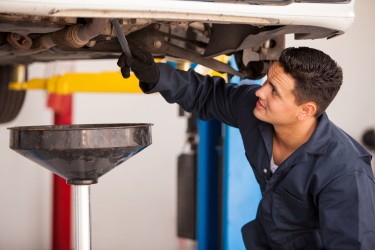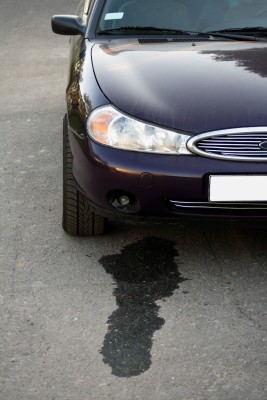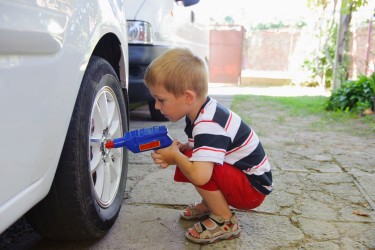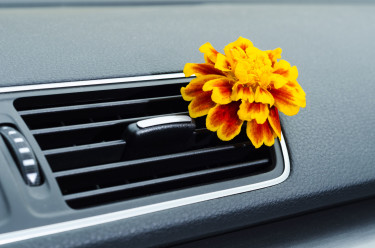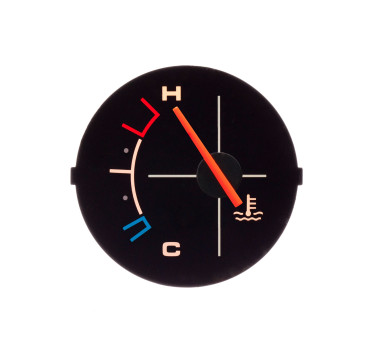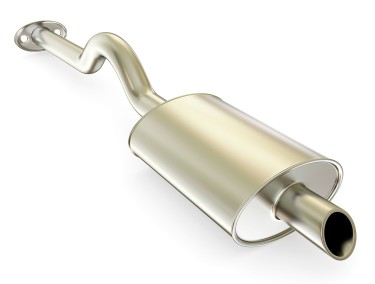 Is there a deep or loud rumbling sound coming from underneath or the back of your vehicle? If so, you likely have an issue with your muffler or your exhaust system. If the byproducts of burning gasoline can’t escape the fuel system, you’re going to notice a dip in your miles per gallon, and bigger problems can arise if left untreated. Today, we’re going to look at some signs of exhaust problems, and how to fix them.
Is there a deep or loud rumbling sound coming from underneath or the back of your vehicle? If so, you likely have an issue with your muffler or your exhaust system. If the byproducts of burning gasoline can’t escape the fuel system, you’re going to notice a dip in your miles per gallon, and bigger problems can arise if left untreated. Today, we’re going to look at some signs of exhaust problems, and how to fix them.
Car Exhaust Issues
As we mentioned above, one sign of a problem with your exhaust is a noticeable drop in MPG. This could also be a sign of another issue, like a clogged fuel line or improperly inflated tires, but your car won’t get the same gas mileage if it can’t correctly get rid of emissions. Three other ways to check for an exhaust issue involve using your ears, fingers and nose.
- Loud, Rattling Sound: If your car is making more noise than normal, you’re probably dealing with a damaged muffler. Police can ticket you for disturbing the peace if your broken muffler is causing a lot of noise, so don’t just deal with the noise, get it fixed.
- Vibrations: Weird vibrations in the steering wheel or when you press the gas pedal are another sign of an exhaust problem. A vibrating car can make it difficult to control the vehicle, so the problem shouldn’t be ignored.
- Bad Smell: Â As we mentioned in a previous blog post, there are several different smells that signal something is wrong with your vehicle, and same goes for your exhaust system. That foul odor could be caused by carbon monoxide, and if it’s leaking into your cabin, it can be fatal. Any prolonged smell should be an immediate red flag.
Fixing Exhaust Issues
The biggest hurdle of fixing your own exhaust problem is that there are so many different issues that could be causing it. Most of the time it’s either a clog or a leak that’s causing the issue, and it can be difficult to pinpoint exactly where the problem lies. And even if you do locate the source of trouble, unless you’re well versed with a welder’s torch, you might not even be comfortable tackling the issue on your own.
In all, exhaust issues are typically best handled by trained mechanics. They have the tools to pinpoint the problem, and unless it’s an issue with your catalytic converter, most times the repair work isn’t going to be too expensive. Now, if you ignore the problem until your car breaks down, your bill will likely be much higher. As we always preach on the blog, taking care of small problems are the best way to avoid a huge repair bill down the road.
If you notice a weird smell coming from your car, or it’s loud and vibrating, contact a certified auto body shop today.
